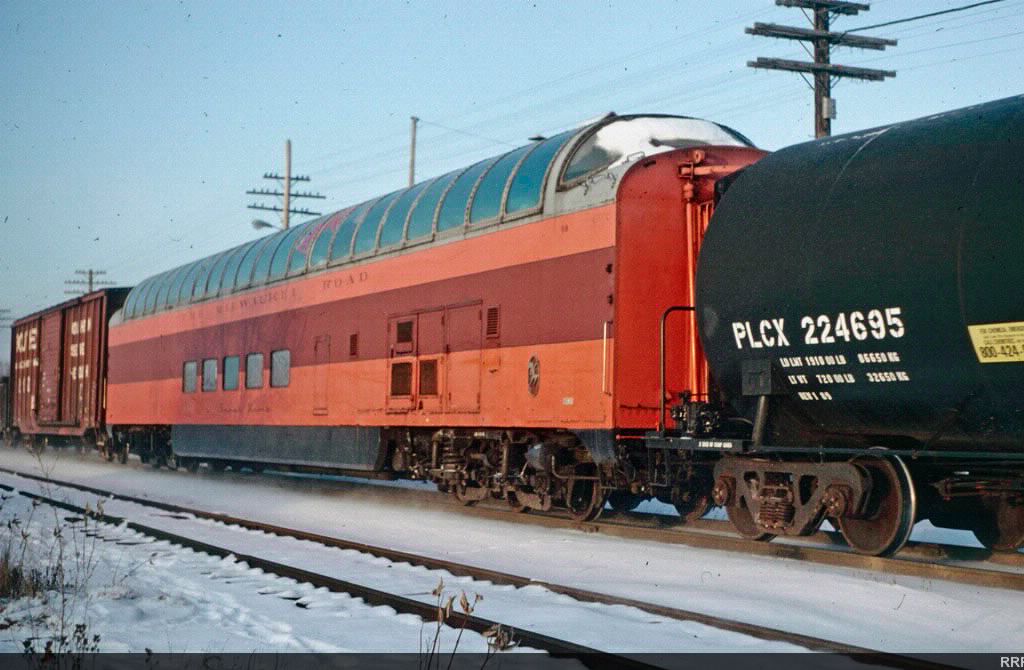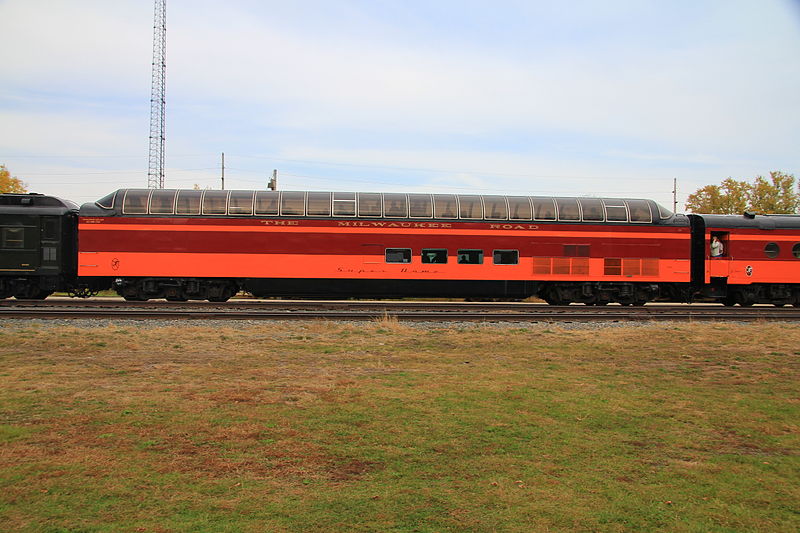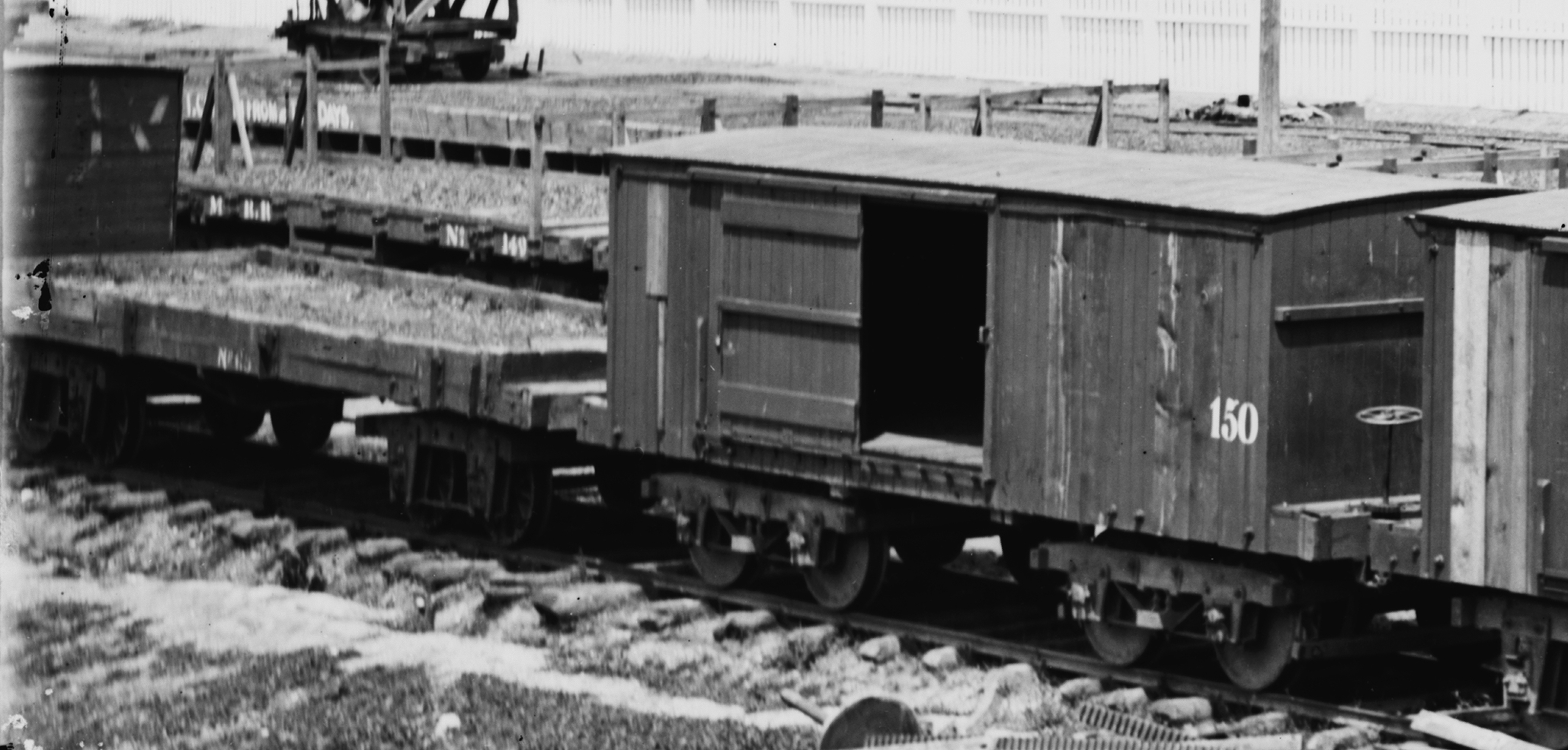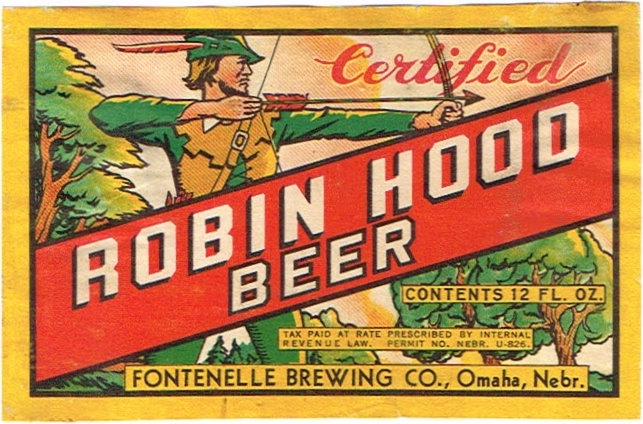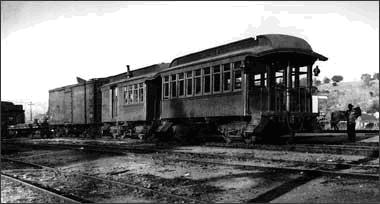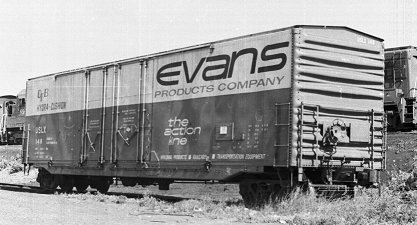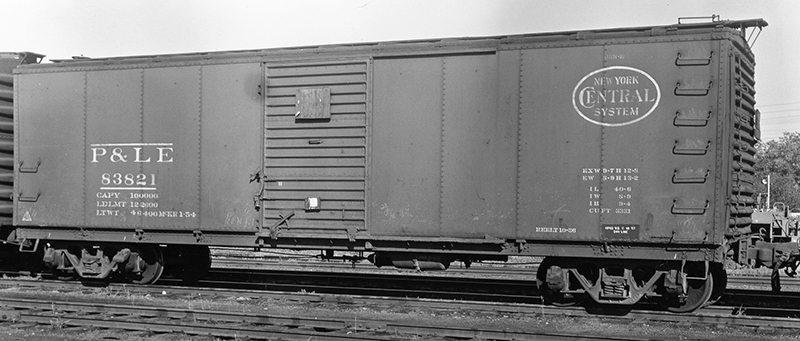Passenger Car, Lightweight, Pullman Superdome
| Name | Passenger Car, Lightweight, Pullman Superdome |
| Region | North America |
| Category | Rail |
| Type | Passenger Car |
| SubType | Streamlined/Lightweight |
| Variety | Pullman, Superdome |
| Manufacturer | Pullman (Details) |
| Era | NA Era III: Transition (1939 - 1957) |
| Source of Text | Wikipedia |
| Text Credit URL | Link |
| Year(s) of Production | 1952 |
History:
The Super Dome was a Dome car built by Pullman-Standard for the Chicago, Milwaukee, St. Paul and Pacific Railroad ("Milwaukee Road") in 1952. The ten Super Domes were the first full-length dome cars in revenue service, first operating on the Olympian Hiawatha and Twin Cities Hiawatha in late 1952. Although a mixed blessing in passenger use, the cars garnered much publicity for the Milwaukee Road and several remain in operation.
The Milwaukee Road began taking delivery of the Super Domes in late 1952. They were numbered #50-#59. The name was chosen via an employee naming contest; rejected suggestions included Master Dome, Ultra Dome, and Panorama Dome. The domes were used on the daytime Twin Cities Hiawatha and the transcontinental Olympian Hiawatha. The Super Domes were the first and only cars on a daytime Hiawatha train built by a third party; all other Hiawatha equipment (such as the distinctive Beaver Tail and Skytop lounges) were built by the Milwaukee Road in its own shops.
The Super Domes were not a complete success in Milwaukee Road service. The heavy cars gave a rough ride, and the seats in the dome area gave an inferior view because they lay too low compared to the dome's supporting bulkheads. Still, the fame of having the first full-length dome car was good publicity for the railroad. After the discontinuance of the Olympian Hiawatha in 1961 Super Domes were seen on some of the services the Milwaukee Road operated with the Union Pacific, including the City of Denver. In 1964 the Milwaukee Road sold six of the domes to the Canadian National Railway, along with the sleeper-lounge Skytop Lounges. The remaining four domes continued on the Twin Cities Hiawatha.
These cars were run with Milwaukee Road, MILW/UP, Amtrak Phase I, CN, VIA, and NCDOT paint schemes.
The Milwaukee Road began taking delivery of the Super Domes in late 1952. They were numbered #50-#59. The name was chosen via an employee naming contest; rejected suggestions included Master Dome, Ultra Dome, and Panorama Dome. The domes were used on the daytime Twin Cities Hiawatha and the transcontinental Olympian Hiawatha. The Super Domes were the first and only cars on a daytime Hiawatha train built by a third party; all other Hiawatha equipment (such as the distinctive Beaver Tail and Skytop lounges) were built by the Milwaukee Road in its own shops.
The Super Domes were not a complete success in Milwaukee Road service. The heavy cars gave a rough ride, and the seats in the dome area gave an inferior view because they lay too low compared to the dome's supporting bulkheads. Still, the fame of having the first full-length dome car was good publicity for the railroad. After the discontinuance of the Olympian Hiawatha in 1961 Super Domes were seen on some of the services the Milwaukee Road operated with the Union Pacific, including the City of Denver. In 1964 the Milwaukee Road sold six of the domes to the Canadian National Railway, along with the sleeper-lounge Skytop Lounges. The remaining four domes continued on the Twin Cities Hiawatha.
These cars were run with Milwaukee Road, MILW/UP, Amtrak Phase I, CN, VIA, and NCDOT paint schemes.
Railroad/Company:
The Pullman Car Company, founded by George Pullman, manufactured railroad cars in the mid-to-late 19th century through the early decades of the 20th century, during the boom of railroads in the United States. Its workers initially lived in a planned worker community (or "company town") named Pullman, Chicago. Pullman developed the sleeping car, which carried his name into the 1980s. Pullman did not just manufacture the cars: he also operated them on most of the railroads in the United States, paying railroad companies to couple the cars to trains. The labor union associated with the company, the Brotherhood of Sleeping Car Porters, which was founded and organized by A. Philip Randolph, was one of the most powerful African-American political entities of the 20th century. The company also built thousands of streetcars and trolley buses for use in cities.
Item Links:
We found: 2 different collections associated with
Rail - Passenger Car - Pullman, Superdome
- Collection N Scale Model Trains: 60 different items
- Collection Z Scale Trains: 21 different items
Item created by: gdm
on 2019-10-17 12:06:39
Last edited by: gdm on 2019-10-17 12:07:42
If you see errors or missing data in this entry, please feel free to log in and edit it. Anyone with a Gmail account can log in instantly.
Last edited by: gdm on 2019-10-17 12:07:42
If you see errors or missing data in this entry, please feel free to log in and edit it. Anyone with a Gmail account can log in instantly.


